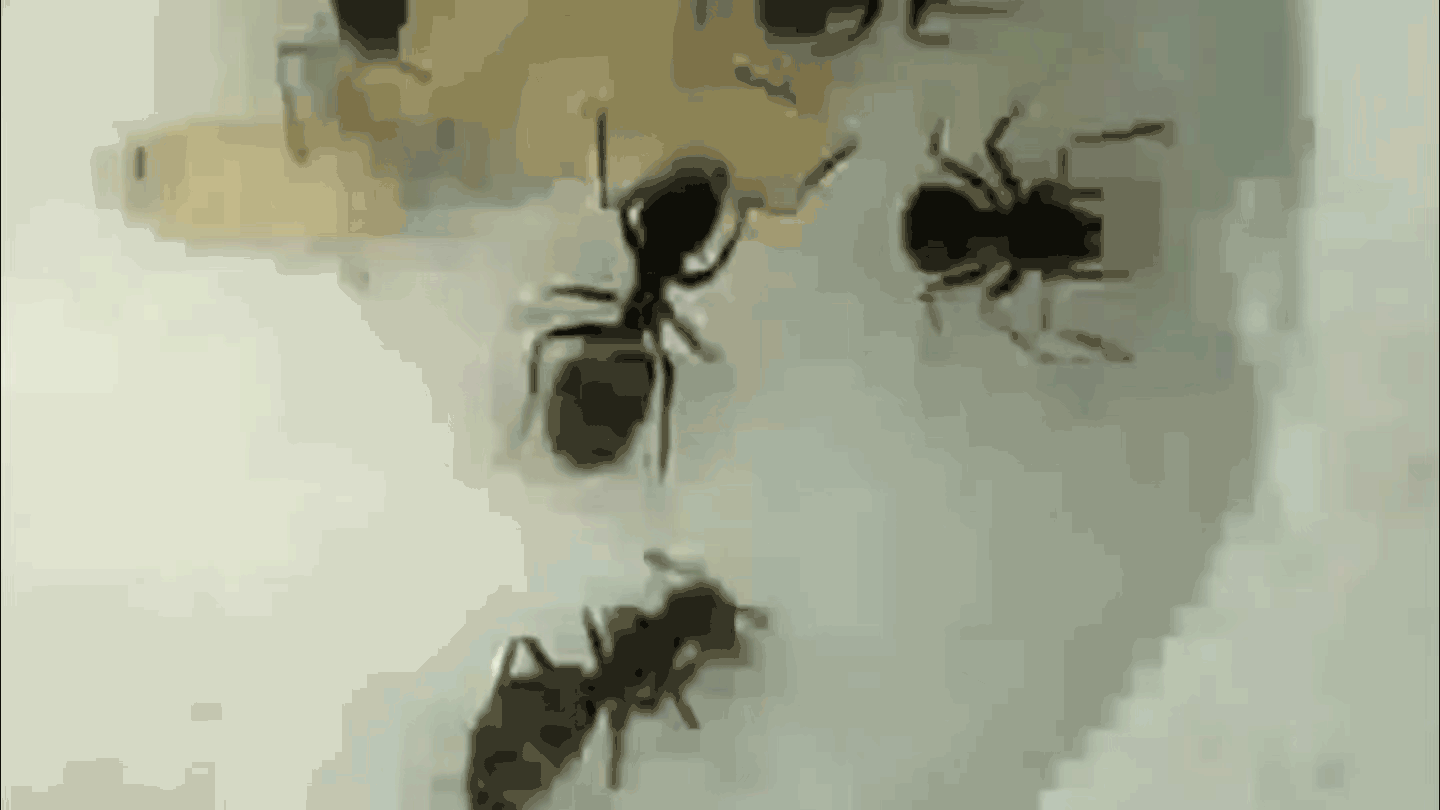A lot of life on planet Earth is awful and incredible
- More than 2 years ago
 In deciding on a cover image for this issue, the Science News team had a difficult choice to make: Do we print a picture of a tick that reminds readers how much we all despise these critters? Or, do we go with a closeup view that masks ticks’ revolting character and makes you wonder: “Ooh. What’s that?” We chose to highlight hostilities to match the story headline, “Bulletins from the tick wars.”
In deciding on a cover image for this issue, the Science News team had a difficult choice to make: Do we print a picture of a tick that reminds readers how much we all despise these critters? Or, do we go with a closeup view that masks ticks’ revolting character and makes you wonder: “Ooh. What’s that?” We chose to highlight hostilities to match the story headline, “Bulletins from the tick wars.”
“I have pangs now and then that I put so much tick rage and too little tick wonder into the story,” life sciences writer Susan Milius told me. Her story covers the ways researchers are trying to keep ticks from spreading diseases, from genetically manipulating mouse hosts to luring ticks to their death with raccoon-sized robots. Milius has a knack for helping readers appreciate all aspects of nature: the gross and charming, maddening and pleasant, horrifying and awe-inspiring. On behalf of tick wonder, she offers the following observations, which didn’t make it into the story:
- What must it be like to feed on an animal thousands of times your size — to grab on as your meal brushes by and cling there for a day or more? “Maybe it would be as if people, with only their own two feet for transport, had to survive by feeding on trains and airplanes,” Milius says.
- Blood feeds can be so rare and massive that a tick’s body can grow to a hundred times its original weight. That’s akin to an average-sized man gaining nearly 20,000 pounds from a single meal.
- And ticks are prey as well as predators. “When they’re engorged — their lovely gross shape that most people hate — that’s a really nice little protein bar for somebody,” says tick specialist Holly Gaff. Ticks feasting on buffalo in Africa are lunch for iconic birds known as oxpeckers. An oxpecker is “basically eating the buffalo, very slowly,” Gaff says.
Isn’t biology amazing? Milius is full of such tidbits, like the fact that there are 18,000 types of non-honeybee bees, many of which also pollinate plants — a gem from my early days editing with Milius. Or the fact that a cicada nymph molts four times during its long life underground, before leaving its final crusty shell on my maple tree, shutters and backyard shed. When cicadas took over the yard this summer, my first reaction was “ew.” But revisiting Milius’ “Mystery in synchrony” story reminded me that we share planet Earth with some beautiful and bizarre life-forms.
Milius isn’t alone in her animal (and plant!) appreciation. In this issue, physics writer Emily Conover describes how spider silk deforms when it twists, giving spiders the power to resist excessive spinning. And two writers tackled tardigrade biology recently: Though water bears, it turns out, rarely swap genes, as molecular biology writer Tina Hesman Saey reports, they still have the impressive ability to survive everything but the boiling away of the oceans, as intern Maria Temming writes online.
The world can be a scary place, with real risks. Take steps to protect yourself, including keeping blood-hungry ticks away. But also take steps — reading SN, for one — to feed your sense of wonder.






